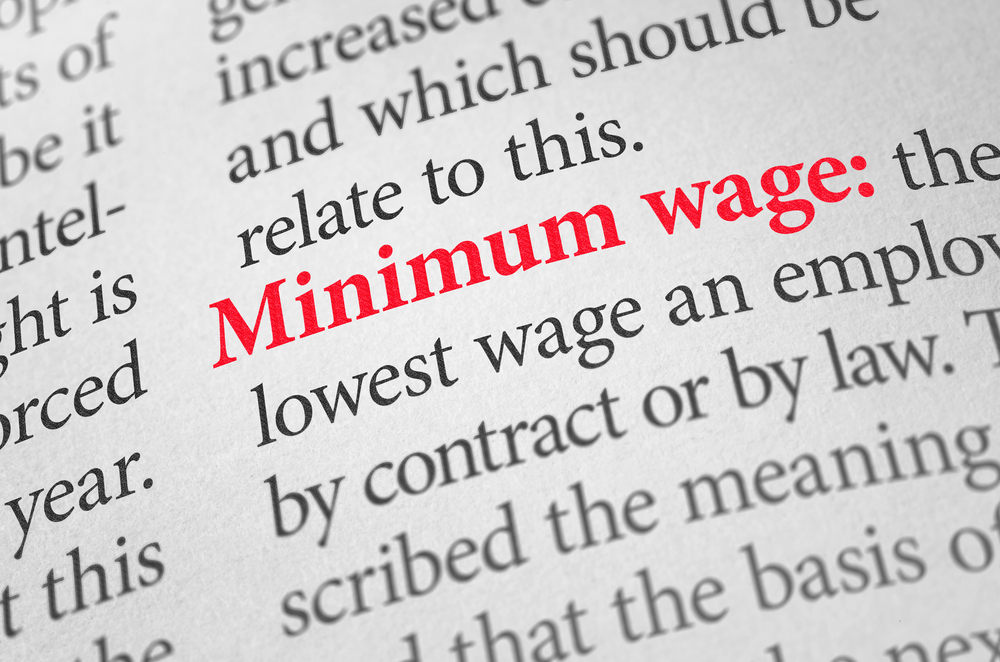Vietnam’s Regular Minimum Wage Increases are not without Discord

Please note that we are not authorised to provide any investment advice. The content on this page is for information purposes only.
In September 2015, the National Wage Council (NWC) of Vietnam proposed an increase of 12.4 percent to the minimum wage in 2016. The key parties — representatives of business in the Vietnam Chamber of Commerce and Industry (VCCI) and the state-sanctioned national union of workers, the Vietnam General Confederation of Labour (VGCL) — finally reached a consensus after two stalled meetings. The process, after all, is within the state’s annual schedule and hardly goes with any substantive changes to labour market institutions.
In September 2015, the National Wage Council (NWC) of Vietnam proposed an increase of 12.4 percent to the minimum wage in 2016. The key parties — representatives of business in the Vietnam Chamber of Commerce and Industry (VCCI) and the state-sanctioned national union of workers, the Vietnam General Confederation of Labour (VGCL) — finally reached a consensus after two stalled meetings. The process, after all, is within the state’s annual schedule and hardly goes with any substantive changes to labour market institutions.
State-led wage bargaining is conducted annually in Vietnam and thus has become a key part of maintaining harmonious industrial relations in the country. There are four different minimum wages, which are categorised according to a region’s consumer price index. The first region covers urban and industrialised areas, while the others apply to different rural areas. The NWC has proposed raising the minimum monthly wage for this region from 3.1 million dong (approximately US$138) in 2015 to 3.5 million dong (approximately US$155.7) in 2016. It is likely that the proposal will make its way into a government decree at the end of 2015.
The tense negotiations between VCCI and VGCL were due to the difference between their proposed rates of increase, which were around 10 percent and 16 percent respectively. The VCCI is concerned that too high a rate will put more cost pressure onto businesses, while the latter argues that employees deserve ‘liveable’ wages. Unsurprisingly, a similar disagreement also strained annual wage negotiations in 2014 and 2013.
VGCL remains Vietnam’s only legitimate trade union, controlled by the Communist Party. VCCI claims to be independent from the government, but it receives most of its funding from the state. The state sanctions their existence, legitimacy, and agenda, rather than be derived from the constituents that they claim to represent. There is more continuity than change in the way these organisations function, with this continuity reflected in this year’s wage negotiation.
How has news of the proposed wage rise affected and been received by the affected employees — a majority of whom are factory workers? Figures vary between regions, but 70 to 80 percent of these workers are migrants who leave their rural hometowns to find jobs in industrial areas. The government’s annual minimum wage rise has become a part of their workplace and everyday conversations. Their priority is to know the exact figures decided on rather than the political negotiations going on behind closed doors, including whether their ‘representative’ indeed brought a higher rate to the table.
Around December and January every year, workers keep an ear out for the company’s new wage rates. If businesses do not match their expectations, workers are likely to go on strike as a first resort and a pragmatic bargaining tool in negotiations. Without proper monitoring, a chaotic collective bargaining process could follow a rather consensual one. Neither of these happen with a genuine conversation or dialogue between workers and the unions.
Once there is an announcement of the national minimum wage, state, corporate, and non-state bodies are responsible for its implementation. At the local level, officials of labour bureaus and VGCL branches will be busy guiding, reminding, and urging businesses to adjust their wage rates. The workers’ year-end bonus is another important issue within the labour agenda. Colloquially referred to as the 13th-month wage, the bonus allows workers to go shopping in preparation for the Lunar New Year, the most important public holiday in Vietnam. A company’s delay in paying the bonus, or an unsatisfactory rate, could easily trigger workers to take collective action. Therefore, the aims of the NWC process are two-fold: to ensure policy compliance and to pre-empt labour unrest.
The VCCI claimed that a large increase to the minimum wage would make it difficult for businesses. Indeed, the businesses who really suffer from higher rates are small and medium enterprises, whose vulnerability has to do with an uneven footing with state-owned and foreign enterprises rather than labour costs. Wage pressure should be felt most by large and mostly foreign-invested enterprises, which employ anywhere between a few hundred and several thousand workers. Yet considering the expansion of industrial areas and the relative health and stability of foreign businesses, both job seekers and contractual workers should expect fair compensation.
The current minimum wage satisfies about 70 percent of employees’ basic living standard. Migrant workers in particular bear the brunt of high rental accommodation costs, which tend to inflate before they receive their first monthly pay check. According to the World Bank, the inflation rate in Vietnam was 4.1 percent in 2014 and it is trending significantly lower in 2015. Hopefully, workers are seeing less skyrocketing prices of their other basic goods, so that they are able to subsist and send some money back home without working excessive overtime.
After some tense negotiations, Vietnam’s annual minimum wage proposal is in line with expectations of all relevant stakeholders, yet issues of genuine representation and labour market reform remain.
Vietnam’s latest minimum wage rise business as usual is republished with permission from East Asia Forum




